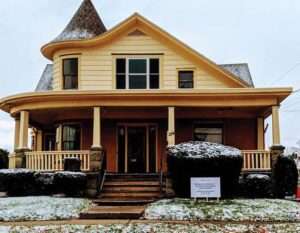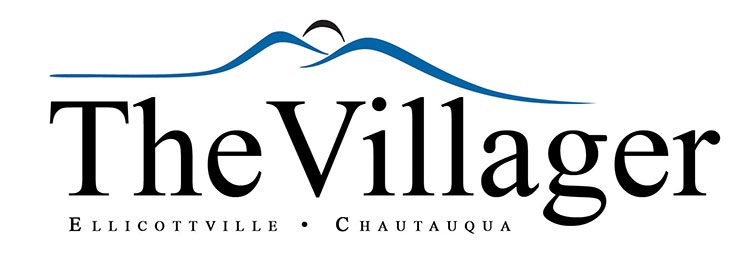By Jessica Miller
The African American Center for Cultural Development (214 North Barry, Olean) is proudly hosting Journey to the North: New York’s Freedom Trail Banners for display. These banners detail stories and New York locations of note during the Underground Railroad period. The men, women, and children who claimed their freedom from enslavement, and the allies providing support throughout New York and beyond are recognized in the guest exhibit.

Della Moore, the founder of AACCD, is especially pleased to hold space for the temporary display. She’s so enthusiastic, she is inviting the public to visit even before AACCD facilities are officially open. “Although we’re not open yet, we couldn’t pass up this opportunity,” Moore said. “We feel the wonderful exhibit will be a positive benefit for the Center and the whole Olean area.”
Olean, like much of New York, had strong abolitionist activity despite the penalties listed in the 1850 Fugitive Slave Law. Anyone who was caught assisting someone escaping slavery could be subject to imprisonment and a $1,000 fine. This made discretion and stealth critical to everyone connected to the Underground Railroad. Fortunately, western New York was home to many supporters of freedom who offered their homes, skills, and resources in the name of abolition.
The social sentiment wasn’t the only asset Olean provided to the Underground Railroad. Proximity to waterways and rest stations in Rochester and Buffalo, and Canada made the town a favorable locale for formerly enslaved people, whether they were en route to another destination or ultimately chose to build lives in Olean. “Aunt” Sarah Johnson is one prominent local example of someone who made Olean her home, where she remained as a valued midwife and friend to her neighborhood.
Ms. Johnson’s story is just one of those with roots in New York’s Freedom Trail history. She has good company amongst those who may be less local or familiar. The banners visiting AACCD will recognize others worthy of note and other relevant historic details of her fellow New Yorkers and what they encountered.
While many hometown heroes will always have a home at AACCD, this display is a visiting one for the facility. Journey to the North can be seen until March 30. Visiting hours are Mondays, Wednesdays, and Saturday’s from noon—3 PM or can be made by appointment via phone (215-704-6608). School field trips are welcome to visit AACCD for this exhibit and others. There is no admission cost, but donations supporting AACCD are gratefully accepted.
“We want everyone to come see and learn from it,” said Moore.
